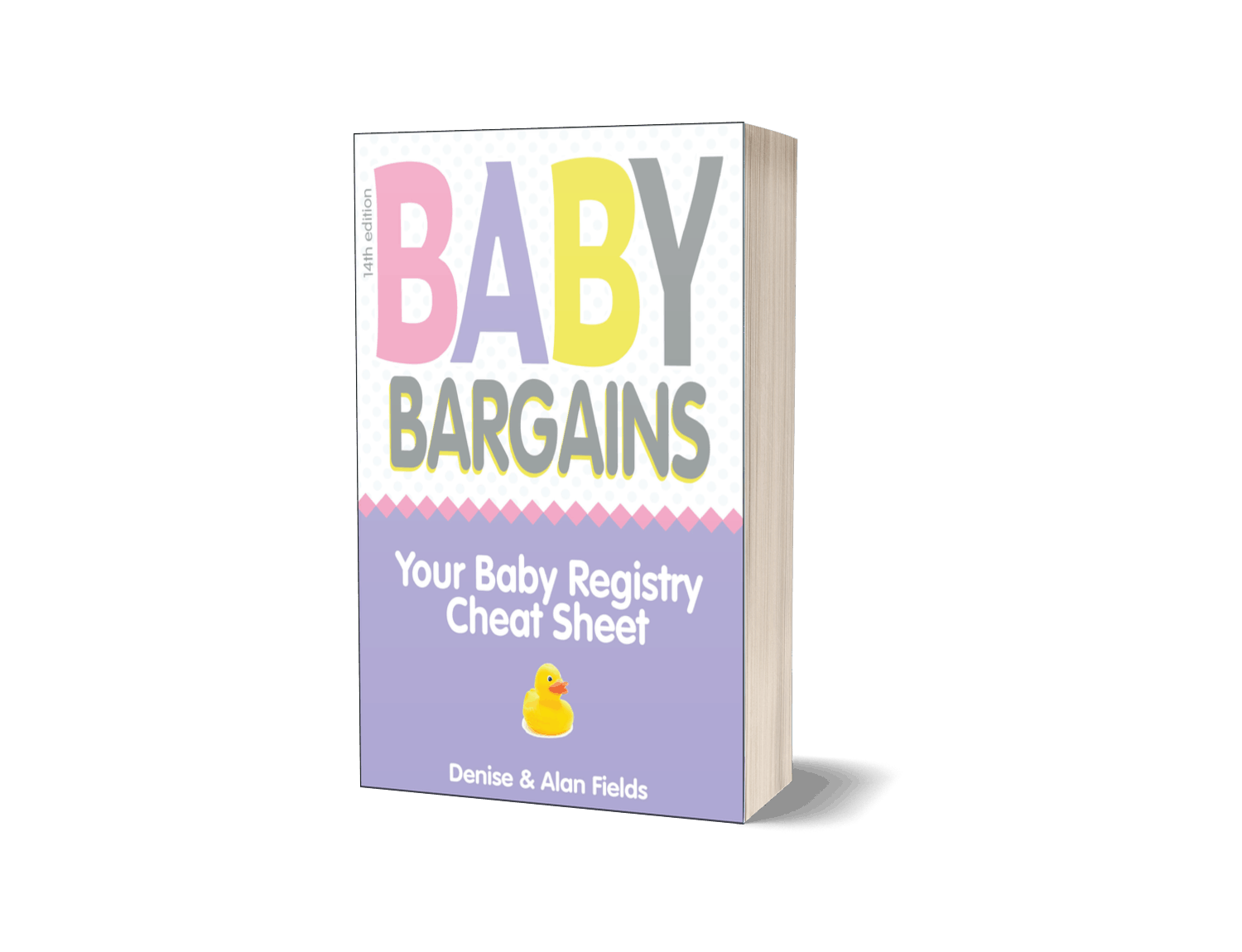
Last Updated: .
FYI: We've been reviewing and rating products for the home and families since 1994. We don't take money or freebies from the brands we review. Our work is 100% reader-supported!
Finding the Best Liquid Ice Melt: Our Tips & Advice
Let’s talk snow—and how to melt it.
With our hometown seeing four feet of snow so far this winter (which is only half over, as of this writing), we are in an ideal place to test snow melting chemicals.
As you probably know, there are basically two types of snow melt: solid (pellets) and liquid. They all work basically the same way: when the ice melt hits water, it releases heat . . . which melts the ice. The remaining water (or slush) doesn’t refreeze because the ice melt lowers the freezing temperature.
Ice melt is typically made up of at least one of three chemicals: sodium chloride (rock salt), magnesium chloride or calcium chloride. Some products mix these types together. A fourth option, potassium formate (a type of potassium salt), is a relative newcomer to the ice melt world and is touted as a less corrosive alternative to chloride-based ice melts.
If you’re new to using ice melt, here are a few tips we gleaned from our research:
• Following the manufacturer instructions! For example, many liquid snow melts are designed to PRE-TREAT an area several hours before it snows. Applying liquid snow melt AFTER it snows will not be as effective (in that case, solid pellets would be a better idea). In our research, we noted that most negative reviews of liquid ice melt were often due to applications that did not follow the manufacturer’s guidelines.
• How cold is it? You’ll note that most snow melt indicates the lowest temperature it can work. This is important in super cold climates (we are looking at you, Vermont). In general, salts work better at zero or higher. Magnesium chloride and calcium chloride works to colder temperatures (minus 15 or minus 25 Fahrenheit). Some products are hybrids between the two and work to temperature ranges between pure rock salt and the other chlorides.
• Liquid ice melt has a couple of advantages over solid pellets. Pellets can be messy especially when tracked into a house. Liquid also sticks to surfaces, which is more effective over a longer period of time.
• Is it pet safe? Check manufacturers’ labels before applying any product, of course. In general, calcium chloride and magnesium chloride are more pet-safe than sodium chloride (rock salt). Even if an ice melt says it is pet safe, you should still take precautions—keep liquid or solid ice melts in a sealed container, away from pets to avoid accidental ingestion. We know from walking our dog around in Colorado winters that some ice melts can irritate paws—that’s because the liquid water can quickly refreeze when a pet walks from a wet sidewalk to a snow covered area. If exposed to a large amount of ice-melt, consider washing your dog’s paws off when you get home. Paw wax is another way to prevent ice build-up on paws in harsh winter environments.
• The best time of the year to buy snow melt is BEFORE the winter! Prices are generally better before the flakes start to fall. Bookmark this article and put a reminder in your calendar in late fall to purchase needed supplies.
• All snow is not the same! Different types of snow are melted best by different types of snow melt. In the Rocky Mountains, we often have dryer snow. On the east coast, wet/heavy snow is more common. In the south, freezing drizzle and sleet are a different animal all together! Below, we’ll recommend specific solutions for dry versus wet snow.
Our Hands-On Tests!
Yes, we tried out several liquid ice melts on a concrete sidewalk. How well did they work during a Colorado snow storm? Scroll down below to see pictures of the results!
Before we go over the results, here is a summary of the brands that performed best:
Best Liquid Concentrate
Check on Amazon
Best Liquid Concentrate: Easy Ice Melt – Safe for Pets – Non-Toxic Deicer
This is a clever product from a Canadian company that is a liquid concentrate—you just add water and then spray it straight from the bag. We found it very easy to use . . . and effective when pre-treating an area before snow.
Also great: it is easy to store, thanks to a compact form factor that takes up less storage space than other brands.
We weighed bag without the water before starting our tests:
As you can see, it contains about one pound, seven ounces of ice melt (a bit less if you factor in that the bag weighs a few ounces).
When we added the required amount of water, the package weighted 11 lbs. That was easy enough to carry outside:
What We Liked
• Super easy to use—add water and spray directly from the package.
• Effective down to minus five degrees F.
• Lightweight.
• Easy to store.
• Instructions are easy to follow.
• Affordable.
What Needs Work
• Takes some time to dissolve in water. We noticed this in our hands-on tests—you are supposed to mix it up and wait five minutes. Then mix again and wait another five minutes. By the end of about 15 minutes, most of the product had dissolved.
• Made of sodium chloride (rock salt) and calcium chloride—the former can damage concrete, especially if your sidewalk was laid within the past three years. Large amounts of rock salt can also damage plants. The maker says it is pet safe and safe for concrete (and wood, asphalt, stone), but rock salt is rock salt—and has issues!
• May require more product to adequately cover 1000 square feet. The manufacturer says one bag does this, but in our tests, it was about half that (we got about seven 4×4 concrete sections covered—about 450 square feet.). Granted, we went for a heavy application where the sidewalk was thoroughly saturated. Your mileage may vary if you do a lighter application. Bottom line: you’ll probably need more than 1 bag if you want to cover 1000 square feet.
Best For Freezing Drizzle
Check on Amazon
Best For Freezing Drizzle: Branch Creek Entry Chloride-Free, Non-Toxic Liquid Snow and Ice Melt
As someone who grew up in the south, I know that frozen precipitation can be particularly hazardous—especially when it comes to freezing drizzle. With ground temperatures just below freezing, sidewalks and driveways can be quickly covered in black ice.
When it comes this type of hazard, we recommend Branch Creek’s ice melt. This product is made from potassium formate—which is the same chemical used to de-ice planes. Best of all, it doesn’t contain any sodium chloride (rock salt)—so it is more pet-friendly and easier on concrete.
In our tests, this liquid ice melt worked best on thin layers of ice or snow—which can be just as hazardous as large amounts of snow. It is less effective on heavy wet, slushy snow, based on our tests and research.
What We Liked
• Easy to apply.
• Pet friendly formula (potassium formate).
• One gallon covers 1500 square feet—that’s more than others we tried for this article.
• Can apply six hours in advance to prevent up to a half inch of ice accumulation.
What Needs Work
• Not as effective for heavy wet snows.
• Pricey.
• Need a sprayer to use effectively. On the plus side, the company sells a bundle with a gallon of ice melt and a sprayer.
Best For Coldest Temps
Check on Amazon
Best For Coldest Temps: Pet Safe Ice Melt – Deicer
When it comes to snow in Colorado, we seem to get two types of storms. The garden variety snow storm happens with temperatures in the 20’s. This happens in the fall and spring, which creates somewhat wet or slushy snow.
Then there are Arctic outbreaks, where the temperature can plummet into the single digits or even below zero. With these storms, we get a very dry, fluffy snow. And ice melt that is made of rock salt can struggle work at these cold temperatures.
For this type of weather, we liked this Pet Safe ice melt, which actually works down to minus 5 degrees—that’s better than rock salt and on par with products made with calcium chloride. Made by Petra Tools, the main ingredient is magnesium chloride. As we discussed above, it is consider more pet-friendly and less corrosive than rock salt. Magnesium chloride works to colder temperatures (compared to sodium chloride products), so that is a plus if you live in the upper Midwest or New England.
And in our tests, it worked well . . . even if it is a bit pricey.
What We Liked
• Magnesium chloride is more pet-friendly than rock salt.
• Covers about 1000 feet—about the same as a 50 lb. bag of pellets.
• Works well on both dry and wet snow.
• Apply two to three hours before snow as a pre-treatment.
What Needs Work
• Pricey.
• Doesn’t work on wood or metal surfaces—so it is a no-go for decks.
Best For Wet Snow
Check on Amazon
Best For Wet Snow: Advanced Seasonal Innovations Liquid Snow Shovel
We measure snow here in Colorado in feet—and snow-to-liquid ratios are important to understand when it comes to wet or dry snow.
Dry snow typically has a snow/liquid ratio of 15 to 20 to 1. That is, 15″ of snow is equal to one inch of water when melted down.
Wet snow is typically under 10:1. When you get down to 6 or 7 to one, snow becomes like wet cement—so full of water it can be very difficult to shovel. East coasters know what we mean—snow storms that hit the mid-Atlantic are often of the wet/slushy variety.
After several tests, we think Advanced Seasonal Innovations’ Liquid Snow Shovel is the best bet for wet snow. It is made of calcium chloride—and that is VERY effective at raising the temperature of snow, melting even the most heavy slush. Also great: it’s effective down to 25 degrees BELOW zero (F), much better than rock salt.
What We Liked
• Works effectively on Midwest wet/slushy snow.
• Lasted for several days in our tests.
• No white residue.
• Works for super cold temperatures (below zero).
• Less corrosive than rock salt.
• Pet friendly.
What Needs Work
• Pricey.
How We Tested: The Results
We applied liquid snow melt to two sections of our front ice melt.
On the eastern portion, we used Easy Ice Melt (the liquid concentrate):
On the west side of the sidewalk, we tested the Liquid Snow Shovel. (Note the package looks different because this was the 2.5 gallon size).
We used a security camera to do a time lapse of the tested area. Here is a look at the areas. The red is the Liquid Snow Shovel. The blue square is Easy Ice Melt. (Note: the Liquid Snow Shovel area is bigger because we had more of that product to test).
The Storm! How Much Snow Fell . . . and How We Applied the Product
We applied the product according the manufacturer specifications about six hours before the storm came in. We saturated the sidewalk with both products. (Apparently, you can use less Liquid Snow Shovel in subsequent applications.
It started to snow about 5pm and continued lightly all night. In the end, we got about 2 inches of snow—of course, this is a small storm by Colorado standards, but good enough to test.
The temperature was another factor: at 5pm, the temperature was 30 degrees as the first flakes began to fall. In fact, if you notice the photo with the colored boxes, the driveway on the far left is starting to get covered with a thin layer of snow (we didn’t treat the driveway). Note how the sidewalk is still wet.
At 5:30 pm, here is a section of Liquid Snow Shovel test area compared with the neighbors untreated sidewalk:
So far, so good—the sidewalk stayed wet.
The Arctic Air Arrives
Along with the snow, we had an Arctic air mass move in—this created very light, fluffy snow. And the temperature dropped.
At 6:45 pm, the Easy Ice Melt area began collecting snow. The temperature at that point had dropped to 24 degrees.
By 7:15 pm, the Liquid Snow shovel started showing signs of snow accumulation. The temperature at that point was 21 degrees.
The snow continued lightly all night, with the temperature bottoming out at 5 degrees above zero—and about 2 inches of snow on untreated surfaces. Our treated sidewalk had about an inch.
Here is a time lapse of the test area:
So you’ll note that the liquid ice melts did well—melting about half the snow that fell. But once temperatures dropped, they lost effectiveness.
The Results: Our Thoughts
We were pleased with the results—both brands in this test melted a good amount of snow before getting overwhelmed by the cold temperatures. We estimate about half the snow was melted.
The Liquid Snow Shovel performed slightly better than the Easy Ice Melt, but we recommend both products.
A few final thoughts:
• Less ice formed. One thing you can’t see from this test is what the sidewalk looked like when we shoveled the remaining snow—there was no layer of ice under the snow. This a problem here in Colorado . . . an icy layer that remains once snow is shoveled. This is caused by snow melting first on untreated sidewalks . . . then freezing. Even when the snow is removed, this ice layer can remain. The liquid ice melt prevented this.
• Super cold temperatures reduce effectiveness. Easy Ice Melt says it works down to -5 F. And Liquid Snow Shovel says it works down to -25F. Let’s be realistic: if it is that cold, snow will start to accumulate. In fact, we noticed both products began to falter at 20 degrees ABOVE zero. The take-home message: if you live an area with lots of snow and moderate temperatures in the 20’s, liquid ice melt might be very effective. The flip side is in super cold climates (think Minnesota, single digit temperatures), you might not get the results touted by these products.
• Less snow to shovel. While we would have loved to see these products melt ALL the snow, we were happy that they melted about half of it before temperatures plummeted.
We’ll be doing more tests and will update this post as we go along.
(FYI: if you notice the reflective mat in the lower right of time lapse, that is our tests of heated snow mats—which you can read about here. Note the heated snow melt melted all the snow during this test.)
About the Authors
Denise & Alan Fields are consumer advocates and best-selling authors. The Fields have authored 12 books with three million copies in print, including the best-selling guide to baby gear, Baby Bargains.
The Fields have been featured and quoted in the New York Times, Wall Street Journal and Los Angeles Times.
As consumer products experts, the Fields have been guests on the NBC Today Show, Good Morning America and ABC’s 20/20.
How We Pick Products To Recommend
We often turn to our readers (3 million strong!) to find products to recommend. We ask our parent readers for their favorites and consider their real-world experiences in our recommendations.
When we test a product, we always purchase it with our own monies. We do not take free samples, as we believe that compromises our independence.
We also fact check manufacturer information with our own measurements. If a maker claims a product weighs X pounds, we will weigh it to make sure. If the battery life is supposed to be six hours, we will see how it stands up in the real world.
In some cases, we will do interviews with experts in the field to get additional feedback on products.
To get hands-on time with products, we regularly meet one-on-one with gear companies and even tour manufacturing facilities. (When we do this, we pay our own travel expenses).
Why Trust Us
We’ve been rating and reviewing products for the home and families since 1994. We do extensive research, evaluating products with an eye toward quality, ease of use and affordability.
We make our living from affiliate commissions, but we always recommend what we think are the best bets for our readers (not the ones that are the most expensive). We are always looking for products that offer the best bang for the buck.
Our independence is a key reason why we have been doing this so long. As we mentioned above, when we purchase a product for hands-on testing, we do so with our own money.
Here’s another key point: we don’t take money from the brands we review. No free samples, no sponsors, no “partnerships.” Our work is 100% reader-supported!

BabyBargains.com is a participant in the Amazon Services LLC Associates Program, an affiliate advertising program designed to provide a means for sites to earn advertising fees by advertising and linking to Amazon.com and its related sites. As an Amazon Associate, I earn from qualifying purchases.


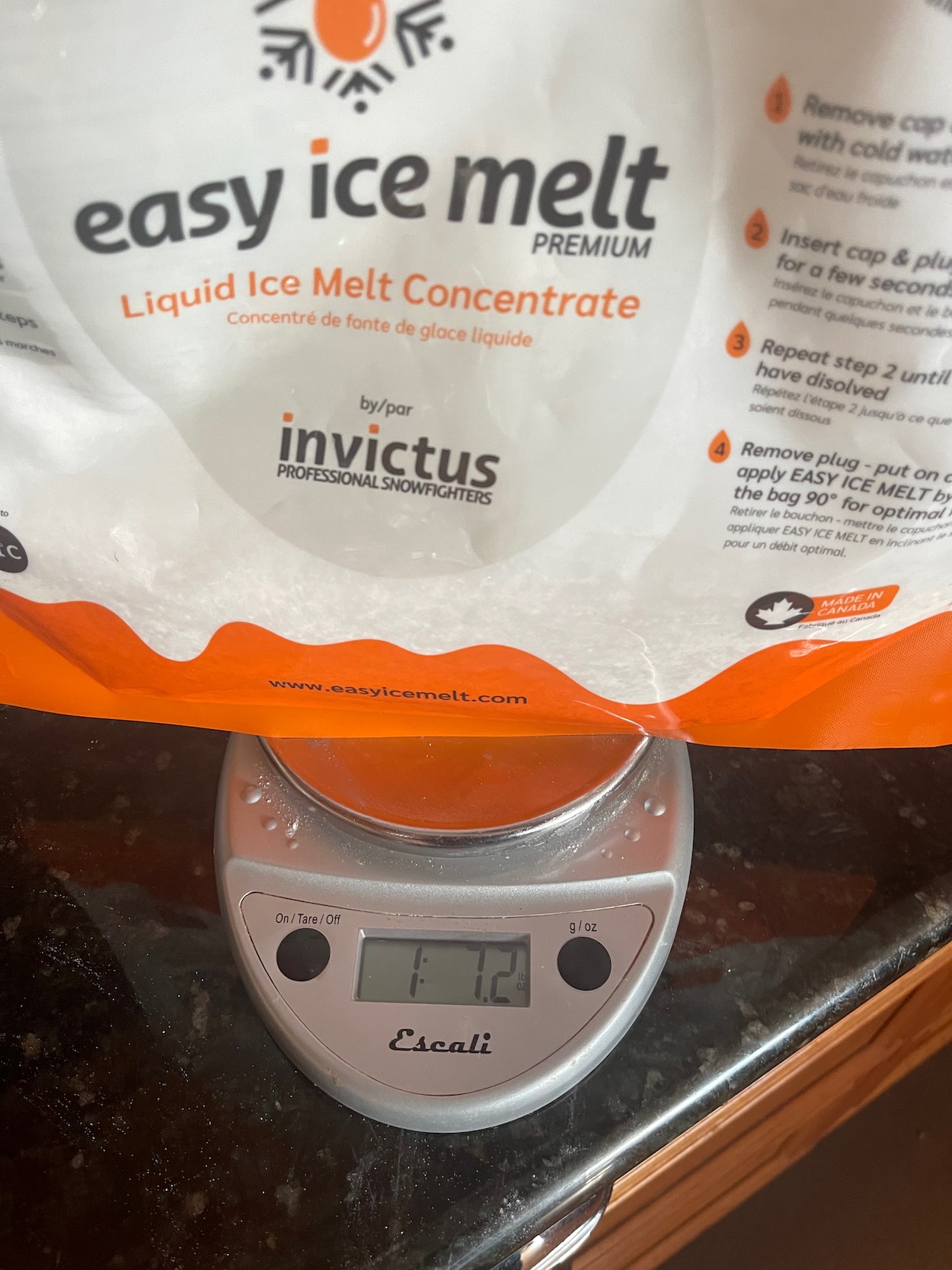
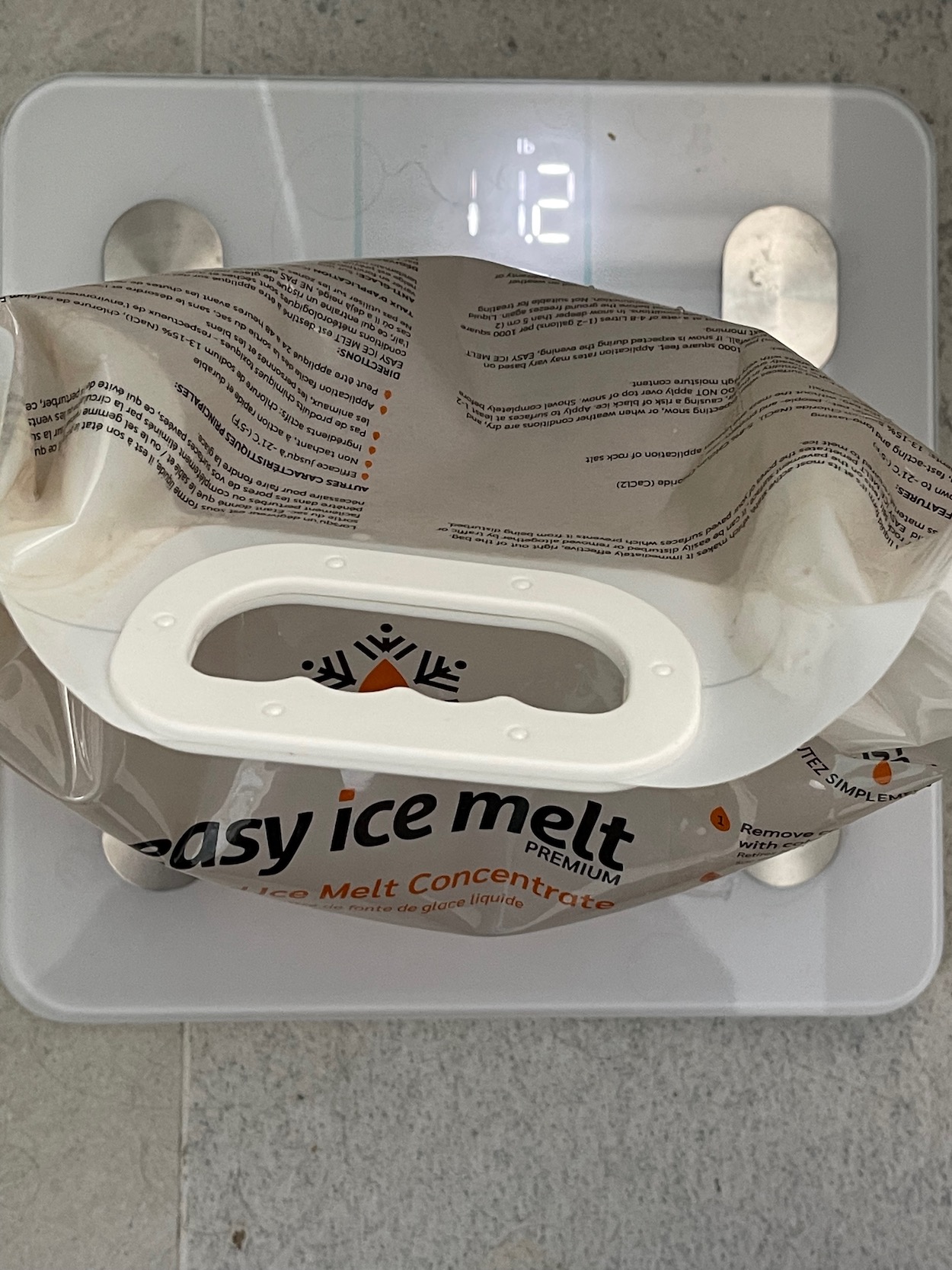




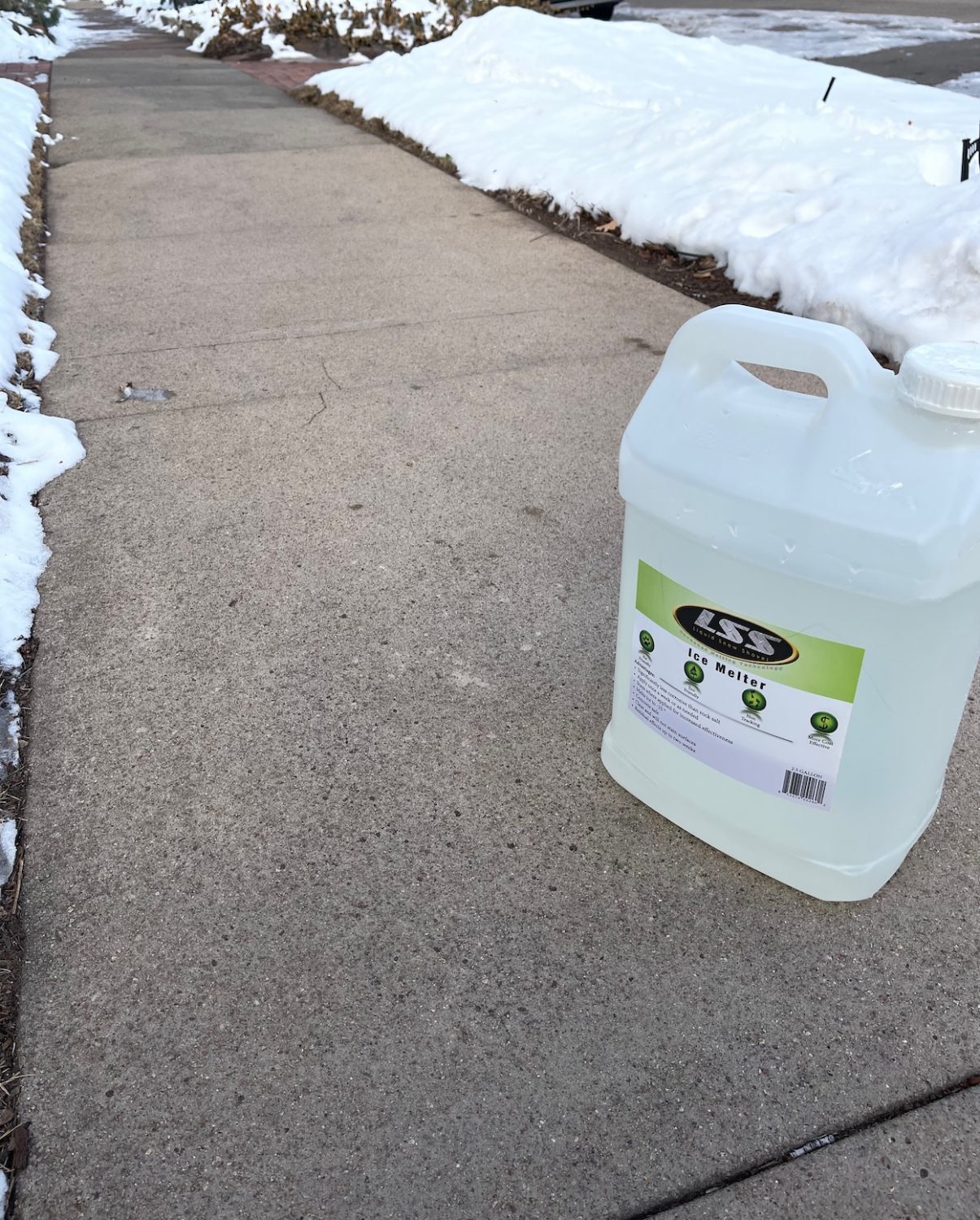
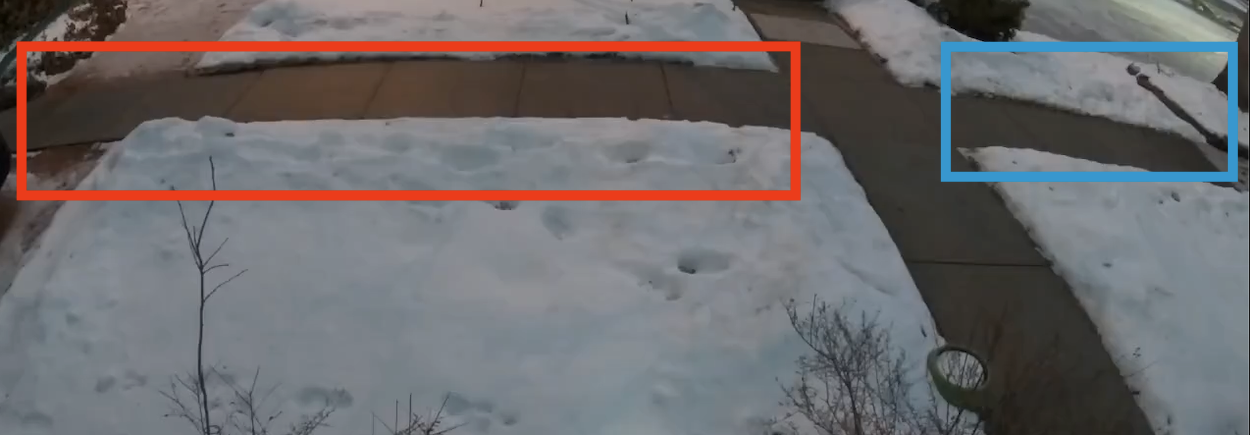
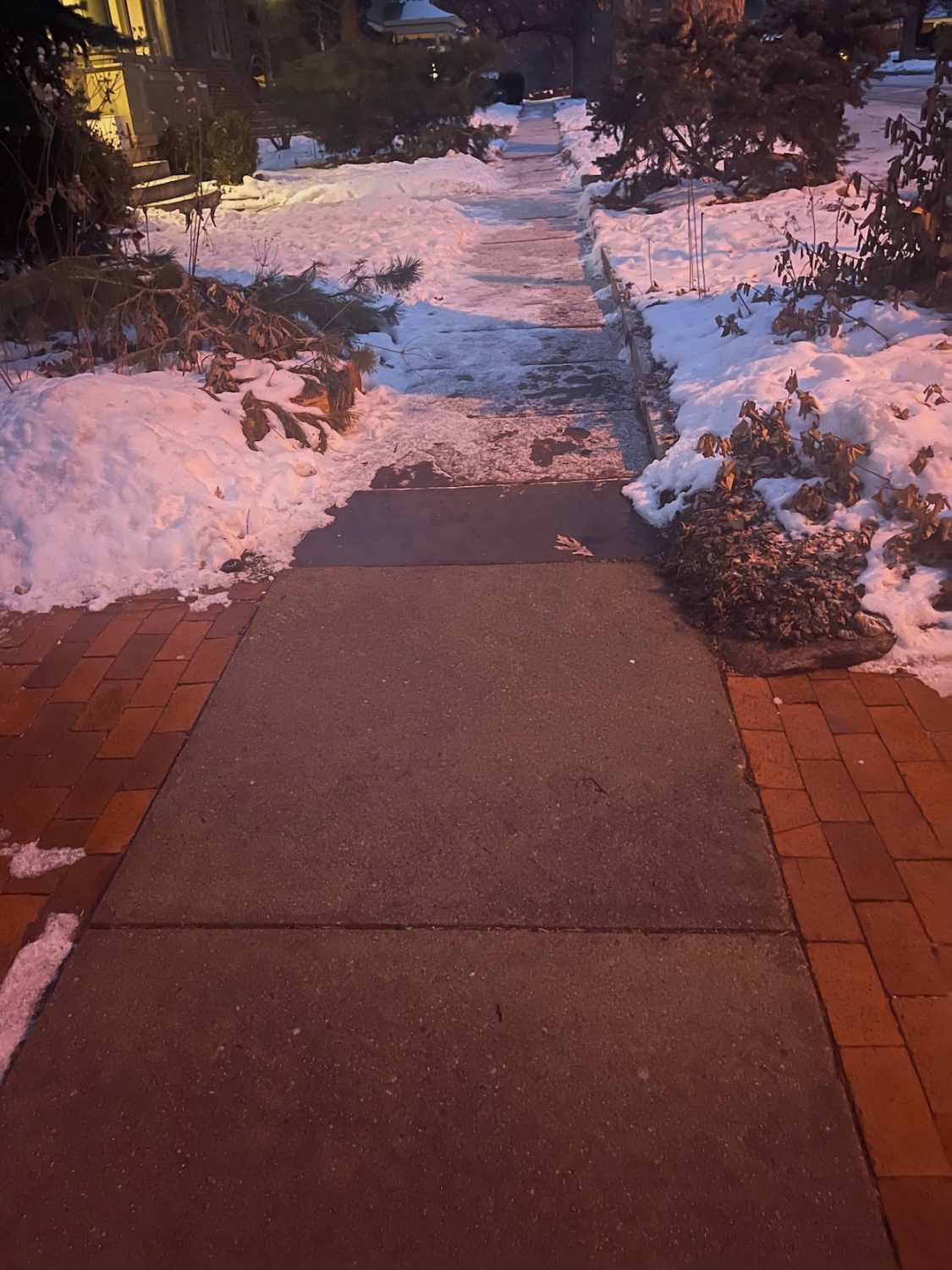
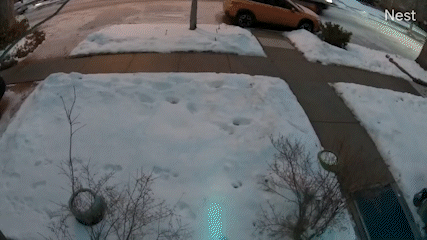
 We obsess over gear for families . . . so you don't have to. Baby Bargains has one mission: help you find the best gear for your family and home with unbiased reviews by experts with 20 years of experience. At prices that don't break the bank. When you purchase a product from links on this site, we make a small affiliate commission. Learn more
We obsess over gear for families . . . so you don't have to. Baby Bargains has one mission: help you find the best gear for your family and home with unbiased reviews by experts with 20 years of experience. At prices that don't break the bank. When you purchase a product from links on this site, we make a small affiliate commission. Learn more 
